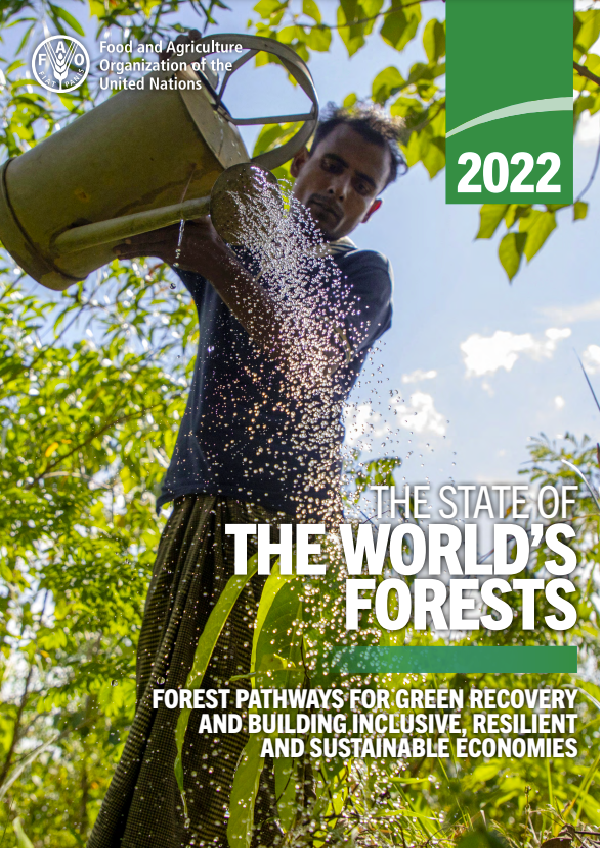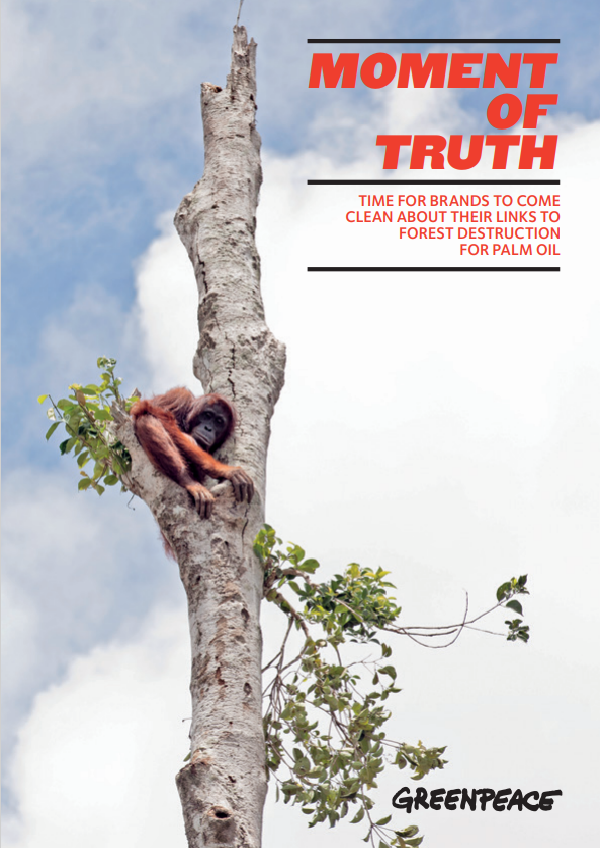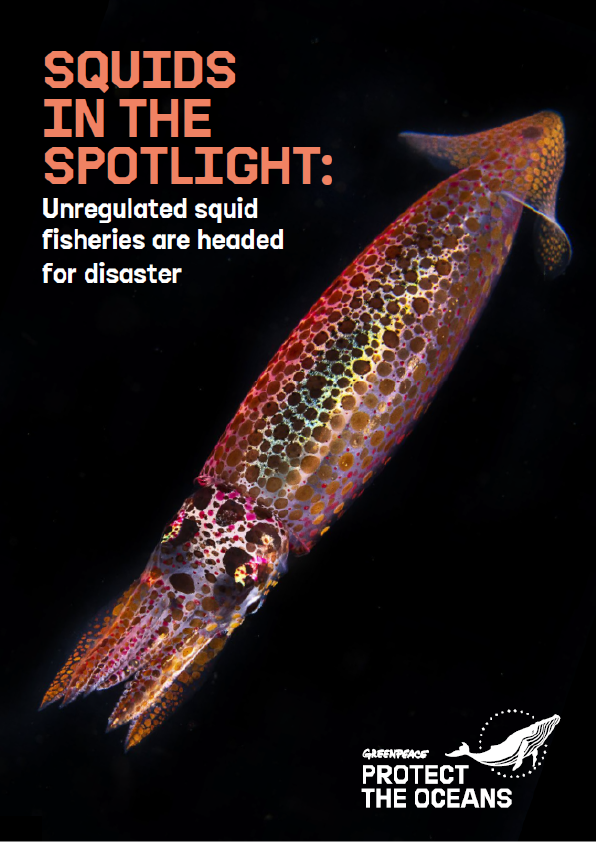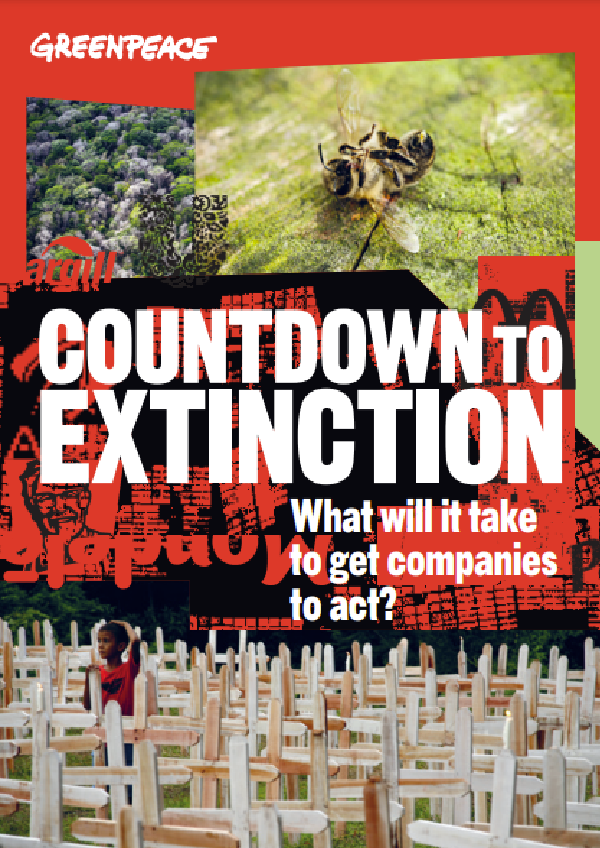Against the backdrop of the Glasgow Leaders’ Declaration on Forests and Land Use and the pledge of 140 countries to eliminate forest loss by 2030 and to support restoration and sustainable forestry, the 2022 edition of The State of the World’s Forests (SOFO) explores the potential of three forest pathways for achieving green recovery and tackling multidimensional planetary crises, including climate change and biodiversity loss.
The three interrelated pathways are halting deforestation and maintaining forests; restoring degraded lands and expanding agroforestry; and sustainably using forests and building green value chains. The balanced, simultaneous pursuit of these pathways can generate sustainable economic and social benefits for countries and their rural communities, help sustainably meet increasing global demand for materials, and address environmental challenges.
The State of the World’s Forests 2022 presents evidence on the feasibility and value of these pathways and outlines initial steps that could be taken to further pursue them. There is no time to lose – action is needed now to keep the global temperature increase below 1.5 °C, reduce the risk of future pandemics, ensure food security and nutrition for all, eliminate poverty, conserve the planet’s biodiversity and offer young people hope of a better world and a better future for all.
1 – CAN FORESTS AND TREES PROVIDE MEANS FOR RECOVERY AND INCLUSIVE, RESILIENT AND SUSTAINABLE ECONOMIES?
Humanity is facing multiple global threats.
These include a pandemic and related economic hardship, food insecurity, poverty, climate change, conflicts, land and water degradation, and biodiversity loss.
The world needs solutions at scale that are cost-effective and equitable and can be implemented rapidly, and forests and trees have clear potential.
Societies could make better use of forests and trees to simultaneously conserve nature, better provide for human well-being, and generate income, particularly for rural people.
Three forest-based pathways warrant close examination as means of tackling local to global challenges.
These are:
1. halting deforestation and maintaining forests;
2. restoring degraded lands and expanding agroforestry; and
3. sustainably using forests and building green value chains.
This report outlines the roles and values of forests and trees; examines the benefits and costs of the pathways and ways of integrating them into existing and emerging policies; assesses the potential for additional finance for the pathways; and explores how best to enable and scale up adoption, where appropriate, by decision-makers at the national level and on the ground.
2 – FORESTS AND TREES PROVIDE VITAL GOODS AND ECOSYSTEM SERVICES BUT ARE UNDERVALUED IN ECONOMIC SYSTEMS
Forests are resources of global significance.
- They cover 31 percent of the Earth’s land surface (4.06 billion ha) but the area is shrinking, with 420 million ha of forest lost through deforestation between 1990 and 2020. The rate of deforestation is declining but was still 10 million ha per year in 2015–2020. Some 47 million ha of primary forests was lost between 2000 and 2020.
- Planted forests cover 294 million ha (7 percent of the global forest area), with the area increasing by a rate of just under 1 percent per year in 2015–2020, down from 1.4 percent per year in 2010–2015. The area of other wooded land fell by nearly 1 percent between 2000 and 2020, but the area of other land with tree cover (comprising trees in urban settings, tree orchards, palms and agroforestry landscapes) increased by more than one-third between 1990 and 2020. There is at least 45 million ha of agroforestry land, with an increasing trend.
- Forests provide habitat for 80 percent of amphibian species, 75 percent of bird species and 68 percent of mammal species, and tropical forests contain about 60 percent of all vascular plant species. More than 700 million ha of forest (18 percent of the total forest area) is in legally established protected areas. Nevertheless, forest biodiversity remains under threat from deforestation and forest degradation.
- Climate change is a major risk factor for forest health. For example, there are indications that the incidence and severity of forest fires and pests are increasing.
Forests are crucial for mitigating climate change.
- Trees and forests are major means for combating climate change. Forests contain 662 billion tonnes of carbon, which is more than half the global carbon stock in soils and vegetation. Despite a continued reduction in area, forests absorbed more carbon than they emitted in 2011–2020 due to reforestation, improved forest management and other factors.
- Forests have a range of other impacts on climate change, such as by affecting albedo and atmospheric water vapour and emitting aerosols. Deforestation in the Amazon and African tropics could have major regional impacts on rainfall and therefore on rainfed agriculture. The local to regional impacts of forests on climatic conditions can be important; for example, trees in urban areas reduce land surface temperatures in Central Europe in summer and during heat extremes by as much as 12 °C.











